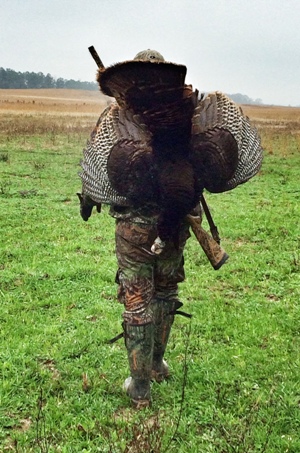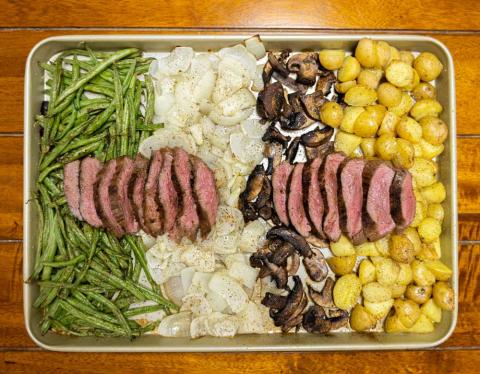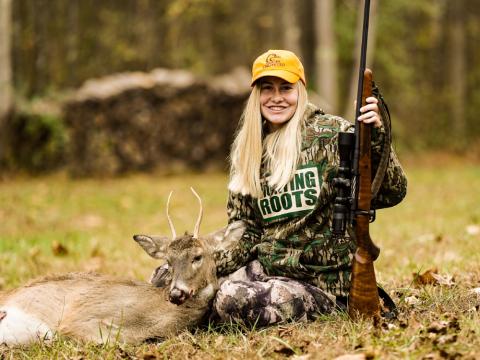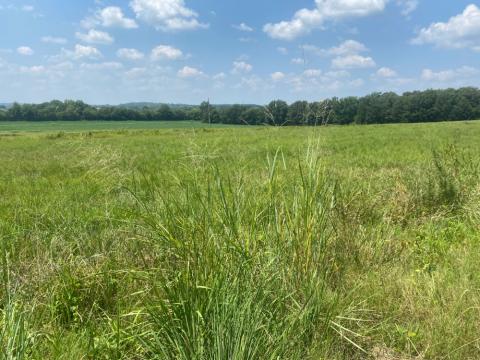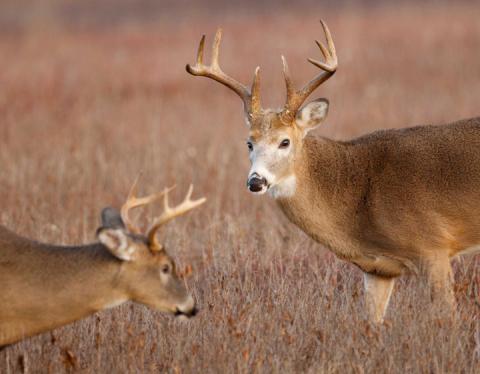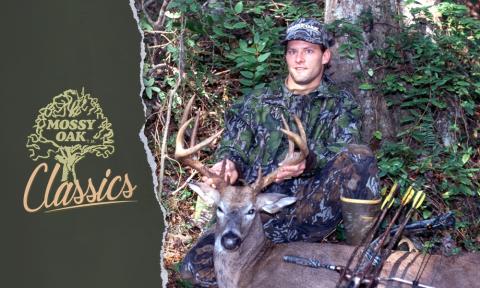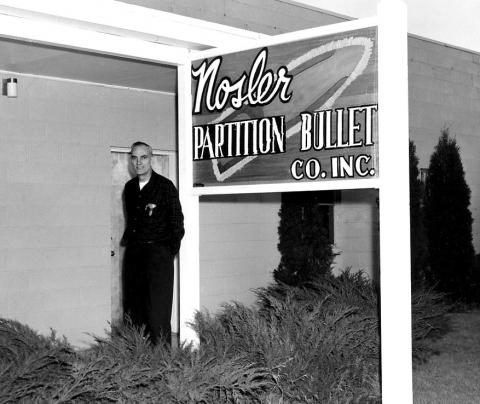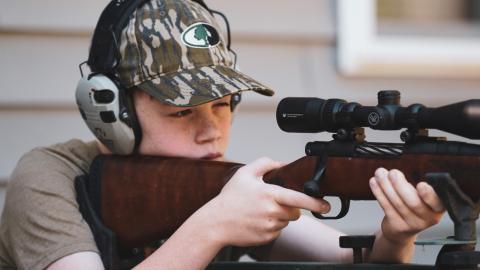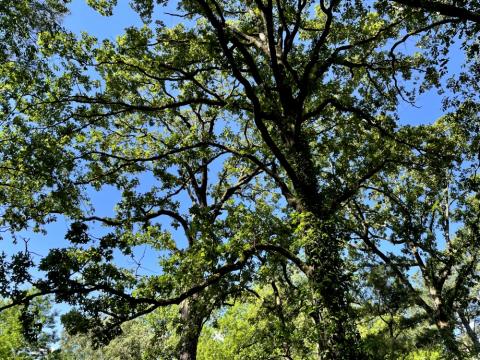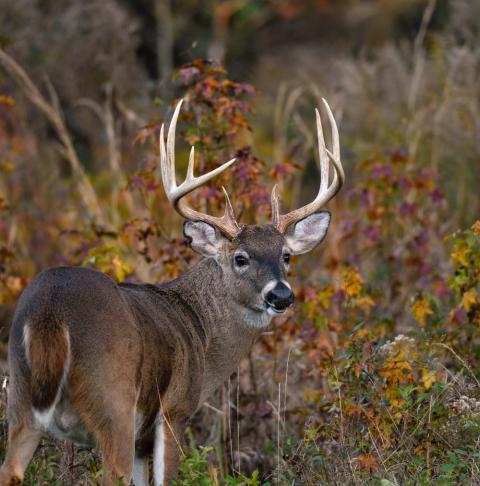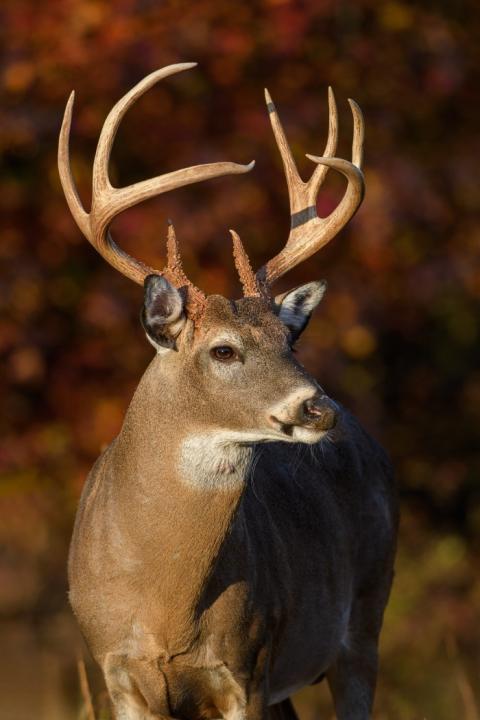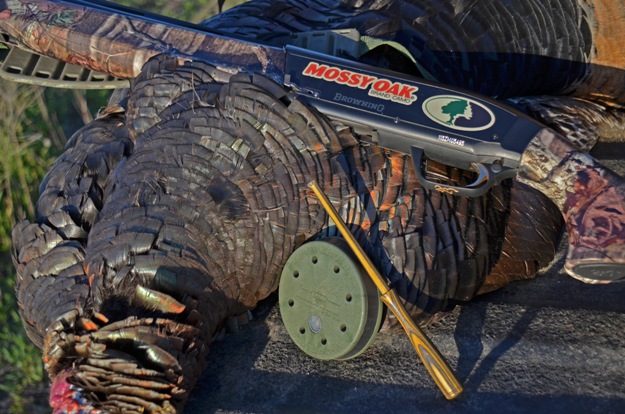
Editor’s Note: J.J. Kent owns Kent Outdoors in Pottsboro, Texas about one hour north of Dallas where his hunters have about 20,000 acres to chase turkeys like he has for 32 years. The Regional Mossy Oak Pro Staff Manager for Texas, he's a Pro Staffer for Zink Calls and Avian-X decoys. “My wardrobe includes Mossy Oak Obsession, Mossy Oak Bottomland and Mossy Oak Break-Up Infinity,” Kent says. “Often, I’ll mix and match my camo, depending on where I’m hunting.” He especially likes the Lost Lady diaphragm call and the Power Hen slate call and shoots a Browning shotgun with a Patternmaster choke tube and Hevi-Shot Magnum blend #5, #6 and #7 shot shells.
Another question I'm often asked is, “Do you hunt over feeders?” I always say, “We run feeders and feed the turkeys, but we don’t hunt over the feeders or close to the feeders.” In Grayson County in east Texas where we hunt, hunters are prohibited from hunting within 100 yards of a feeder.
During the spring, our Rio Grande turkeys have a set pattern. They gobble from the roost. Then when they come off the roost, the hens will come to them, and they’ll often breed the hens close to the roost tree. When they find a hen to breed, or they learn that none of the hens want to breed, the next thing they do is go and feed. To take a turkey, you’ve either got to set-up near the roost tree or the feeder, or in the middle between the roost tree and the feeder. I prefer to set-up between the roost tree and the feeder - generally near a wheat field or food plots.
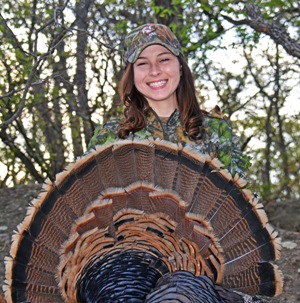
Most people put their trail cameras near feeders to see how many gobblers are coming to that feeder and at what time. Usually, you can see the direction from which the turkeys are coming. Once we know where the roost tree is, the direction the gobbler will travel to get to the feeder and about what time the turkeys will come to the feeder, then, we can set-up our blind between the roost tree and the feeder and call in the gobblers.
I like to use hen yelps with some kee kee runs (young gobbler squeal and call) to get the gobblers fired up and talking. Another series of calls I like to use is aggressive yelping. I want to sound like two different hens aggressively talking to each other. Once the gobblers start gobbling and coming, I’ll tone down my calling. I let my Avian-X Rio Grande decoys pull the birds in the rest of the way. These new Avian-X Rio Grande decoys are lighter in color than the standard Avian-X decoys that are darker colored to resemble eastern turkeys.
Another trick that has made a really big difference in the effectiveness of my decoys is I change up the number and the type of decoys I use every time I set-up, especially if I'm hunting the same property. For instance, one day I may put out two hen decoys and one jake. The next day I may put out a strutting gobbler decoy, a jake decoy and two hen decoys. The next day I may put a Jake, one hen and a strutting gobbler or two hens and a strutting gobbler together. By changing up my decoy spread every time I put out my decoys, if three or four turkeys come in, and they see different decoys in different positions, I think they’ll say, “That’s not the same flock arrangement I saw yesterday when Fred got shot.” Regardless of where you hunt or what subspecies of turkeys you hunt, by changing up your decoy spread every time you set-up with various types of decoys and different spacing between the decoys, I believe that your decoys are far more effective at luring in gobblers.
Day 2: Why J.J. Kent Likes a Two Blind Set-Up and to Set-Up Decoys at 12 To 14 Yards
Tomorrow: Wait for the Fight to Get the Most from Your Turkey Hunt with J.J. Kent














